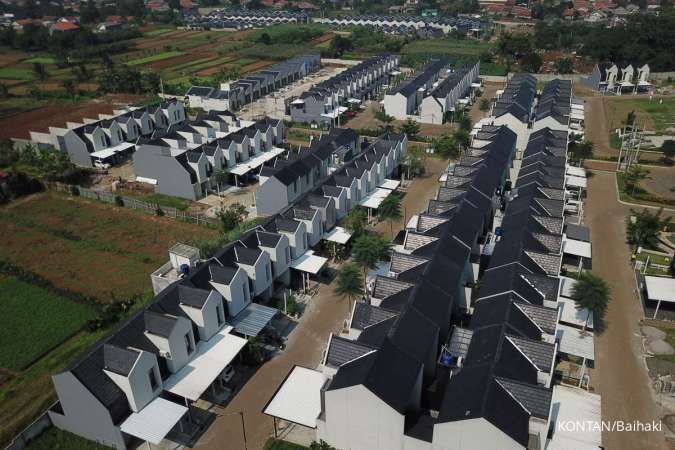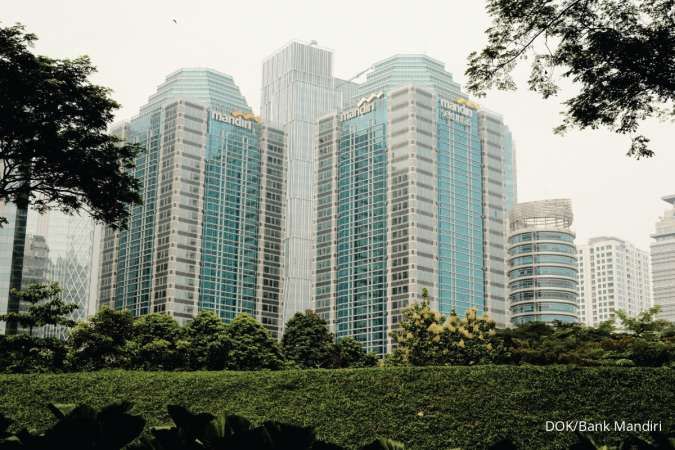JAKARTA. Otoritas Jasa Keuangan or Financial Services Agency (FSA) will release OJK Regulation which requires all domestic systemically important banks (D-SIBs) to create recovery plan. Commissioner of OJK for Banking Affairs Nelson Tampubolon said, recovery plan shall include bank’s plan to cope with financial, liquidity, and capital issues. In this case, bank may take three steps in coping with those issues. First, controlling shareholders can inject additional capitals. Second, the controlling shareholders may invite strategic investors to increase the capital.
12 big domestic banks should create recovery plan
JAKARTA. Otoritas Jasa Keuangan or Financial Services Agency (FSA) will release OJK Regulation which requires all domestic systemically important banks (D-SIBs) to create recovery plan. Commissioner of OJK for Banking Affairs Nelson Tampubolon said, recovery plan shall include bank’s plan to cope with financial, liquidity, and capital issues. In this case, bank may take three steps in coping with those issues. First, controlling shareholders can inject additional capitals. Second, the controlling shareholders may invite strategic investors to increase the capital.

